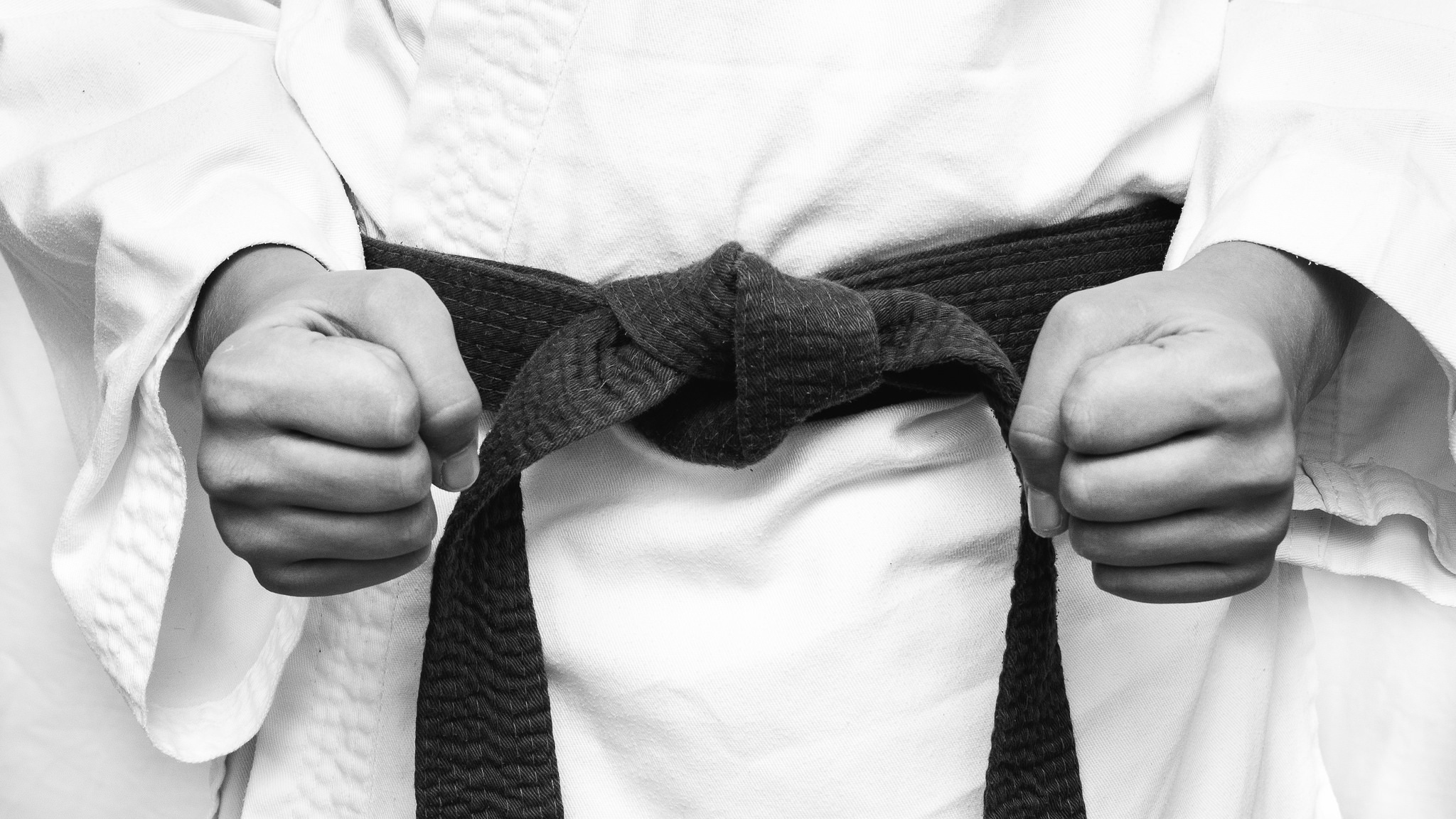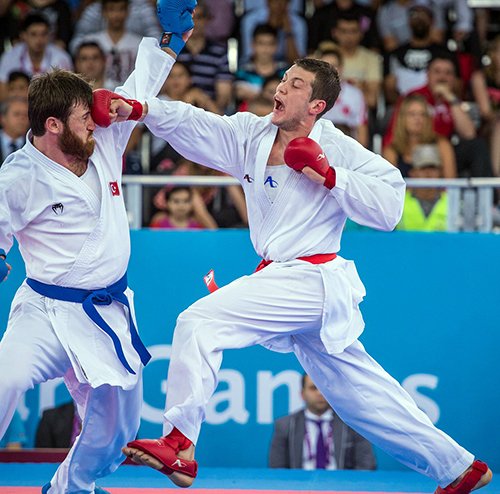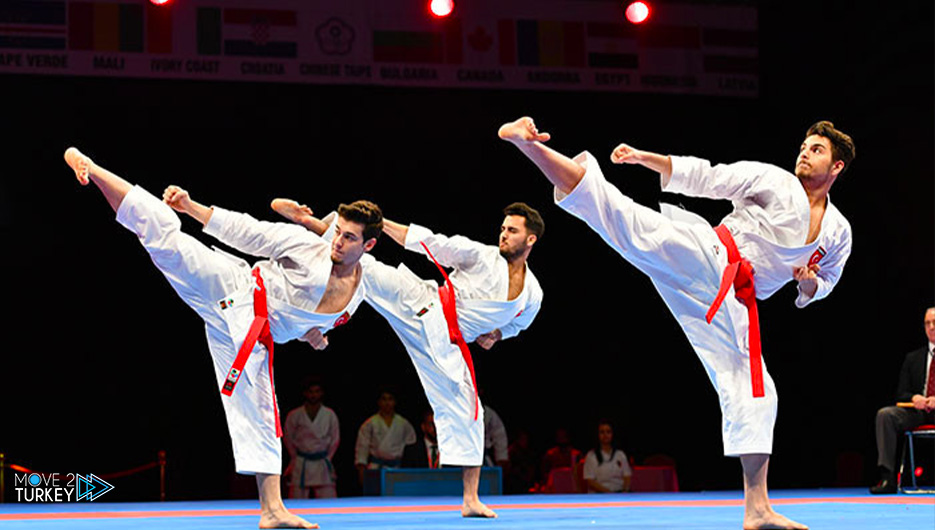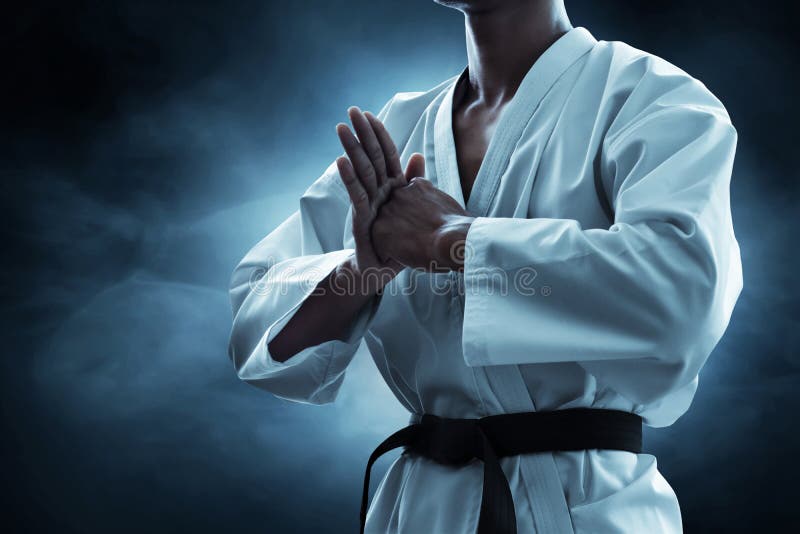KARATE
KARATE
What is Karate?
Karate is a Japanese martial art whose physical aspects seek the development of defensive and counter-attacking body movements. the discipline and persistent effort required in training. If karate had to be described in only one sentence, then the most suitable one may arguably be "You never attack first in karate." This is a maxim of Gichin Funakoshi (1868-1957), the Okinawan who brought karate to Japan in 1922, and who is accepted as the father of modern karate.
Japanese martial arts include karate. Where did the word "Karate" come from? Both "Kara" and "te" are Arabic words for "head." The term "Karate" collectively refers to the practice of unarmed hand-to-hand combat.
The Four Main Karate Styles and Their Differences
- Goju-Ryu
- Shotokan
- Wado-Ryu
- Shito-ryu
Goju-ryu
Goju-Ryu is a style of karate that was established in 1930 by Chojun Miyagi who was a student of Kanryo Higaonna. This form is composed of formidable counter-strike movements in the offensive positions and soft and circular blocks in the defensive positions that resemble jujitsu. It also uses breathing power and a variety of stances that offer soft and hard techniques capable of showing the differences between karate styles.
Shotokan
Shotokan-Ryu is a form of martial arts developed by Gichin Funakoshi and named after the pseudonym under which he published his poetry. He developed this fashion in 1938 after moving to Tokyo on the Japanese mainland following his studies in Okinawa. This form teaches students to deliver powerful strikes quickly and effectively with their hands, elbows, knees, and feet by using wide stances and linear techniques. This is by far the most well-known style and is known all over the world.
Wado-Ryu
This style of karate is an offshoot of Shotokan-Ryu and is all about the harmony of movements, being rather similar to the martial art jujitsu. Hidenori Otsuka created this spiritual form of karate in 1939. Rather than focusing on contact sparring, it teaches students how to move the body to avoid attacks. As a way of distinguishing itself from other karate styles, this fluid form of karate uses shorter stances compared to other ones.
Shito-Ryu
The emphasis in this fourth form, known as Shito-Ryu and developed in 1928 by Kenwa Mabuni, is on delivering precise, powerful blows. The fifty katas that students learn, which are predetermined moves for attacks and defense that students must master, serve as evidence that this style places a high priority on technique. These katas are frequently demonstrated during competitions, and students can take tests on them. To execute the moves in this particular style, one must be physically fit and have solid stances.
Shōtōkan Karate is the most popular style in the world. Karate teachers are called Sensei.
The main two types of Karate are Kumite and Kata
Kumite
Kumite can mean 'sparring'. In Karate terms, Kumite is where two competitors face off performing defensive and offensive techniques in a standing competition. Competitors can use punches, kicks, or takedowns against their opponents.
Points
Most karate associations use the following point scheme:
1 point: hitting the adversary’s abdomen or head with your fists.
2 points: kicking the adversary’s abdomen.
3 points: kicking the adversary’s head.
International competition under the World Karate Federation also includes the following point scoring:
2 points: punching or kicking the adversary’s back.
3 points: for a sweep/takedown with a follow-up technique such as a stomp or a punch. (Any sweep/takedown that is not followed up with a technique may be ruled to be a dangerous technique that can result in a warning against the instigator of that sweep/takedown.)
Kata
A kata is an exhibition of a martial arts skill or movement, especially a pattern of such moves, such as a sequence designed to defend against an attack. Katas are primarily practiced in karate and judo and can be done as part of a competition or as a way of practicing a martial art.
The first two kata that we learn in GKR Karate are known as Taigyoku Shodan and Taigyoku Nidan, but they are more commonly referred to as the First and Second kata
KARATE IS A GAME OF SELF-DEFENSE





Comments
Post a Comment